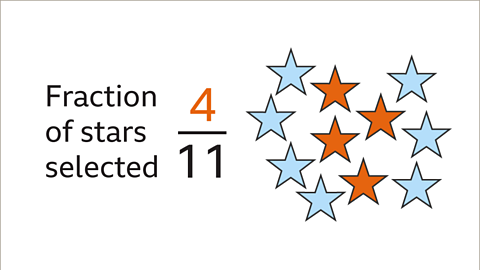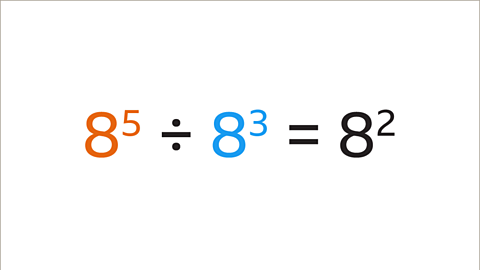Repeated proportional change
Repeated proportional change is when an amount increases or decreases by the same percentage each time, over several time intervals.
For example, the value of a car may decrease each year by the same percentage.
Example
The population of a town increases by 2% every year. It is estimated that at the end of 2025 the population will be 36750.
What will the population be at the end of 2027?
Solution:
At the end of 2026, the population will be 2% more than 36750.
36750 Ă· 100 x 2 = 735
36750 + 735 = 37485
At the end of 2026, the population will be 37485.
At the end of 2027, the population will be 2% more than 37485.
37485 Ă· 100 x 2 = 749.7 (round up to 750)
37485 + 750 = 38235
Answer:
At the end of 2027, the population will be 38235.
Alternative Method
2% = 0.02
1 + 0.02 = 1.02
Multiplying by 1.02 is the same as finding 2% and adding it on – but it is much quicker!
At the end of 2026, the population will be:
36750 x 1.02 = 37485
At the end of 2027, the population will be:
37485 x 1.02 = 38234.7= 38235 (nearest whole number)
Answer:
At the end of 2027, the population will be 38235.
Question
The value of a ProBook laptop decreases by 12% each year in the first two years after it has been bought.
Alex pays ÂŁ880 for a new ProBook.
How much is it worth after two years?
Solution:
First year:
12% of ÂŁ880 = 880 Ă· 100 x 12
= 105.6
880 – 105.6 = 774.4
After one year, the laptop is worth ÂŁ774.40
Second year:
12 % of ÂŁ774.40 = 774.40 Ă· 100 x 12
= 92.928
774.40 – 92.928 = 681.472
Answer:
After two years, the laptop is worth ÂŁ681.47 (to the nearest penny).
Alternative solution:
12% = 0.12
1 - 0.12 = 0.88
880 x 0.88 = 774.4
774.4 x 0.88 = 681.472
Answer:
After two years, the laptop is worth ÂŁ681.47 (to the nearest penny).
Test yourself
More on M2: Number
Find out more by working through a topic
- count5 of 6

- count6 of 6

- count1 of 6

- count2 of 6
